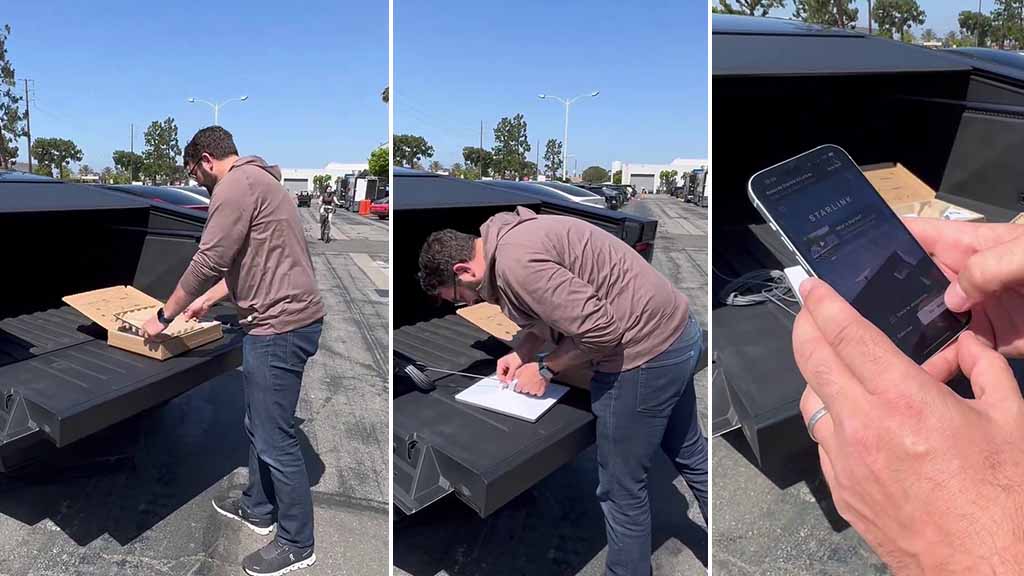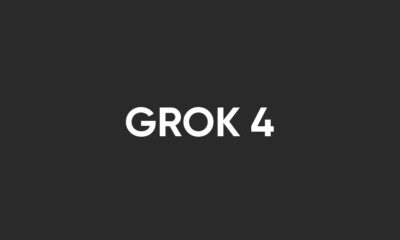Satellite Internet
Here’s the SpaceX Starlink Mini unboxing and setup

SpaceX has shared a quick unboxing and setup walkthrough of the new Starlink Mini dish to provide satellite-based internet connectivity for consumers.
Chad Gibbs, a SpaceX Employee shared this unboxing on the X social media platform showing a retail box with the dish and accessories.
The Starlink Mini terminal has an in-built WiFi router to connect devices wirelessly without an external modem. The size of the dish is small compared to the standard version to make it compact. The new Starlink weighs 1.16kg with the kickstand, which makes it 1.5 times lighter than its Standard sibling.
The package includes a power adapter and a cable to supply power onboard. The cable is 15 meters long so it won’t be a problem to stretch the dish away from the power source. This device takes an average of 25-40W compared to 75-100W in the standard dish. It is a big cut in power consumption for maximum efficiency in the long run.
After power supply, the user needs to open the Starlink app on the mobile and set it up for first use. You need to go through device selection, field of view confirmation, and then connection to the terminal. It will verify the orientation once the WiFi is connected and ready to use.
Gibbs also conducted a speed test on this dish with a download speed of over 175Mbps. That’s way more than the previous test of 100Mbps of the same device. This speed is good for enjoying video streaming and playing online games.
@michaelnicollsx – I just set up a fresh mini. About two minutes from box to 180Mbps pic.twitter.com/pzjpdz0fjK
— Chad Gibbs (@chadgibbs88) June 21, 2024
Starlink is currently available for purchase on invitations and the dish is priced at $599 in the U.S. That’s $100 more than the Standard dish. This price may be reduced for American buyers with wide availability. Meanwhile, the dish will be well below $250 in low-internet infrastructure countries.












